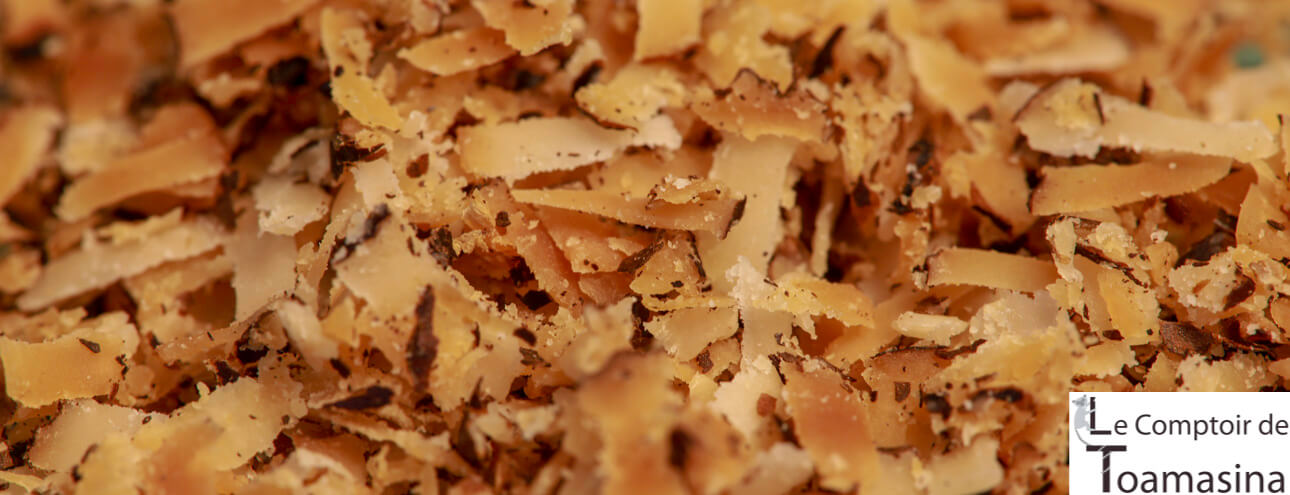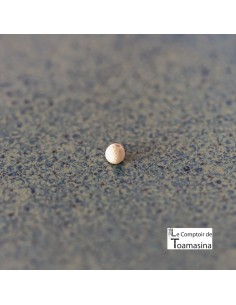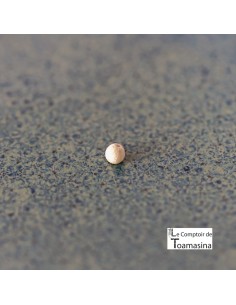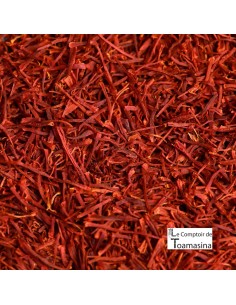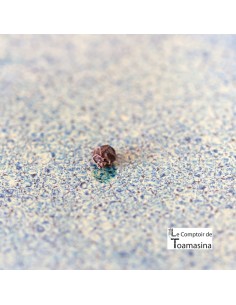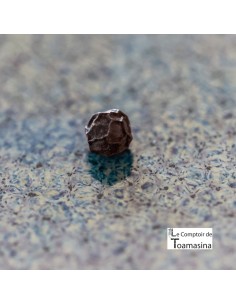When we decided to change our Brazilian tonka bean supplier at the beginning of 2020 following a trip in November 2019 to Northern Brazil, we were far from thinking that covid would paralyze the world. We have taken
You want to buy tonka beans that come directly from the producer.
Since 2020, it has been difficult for us to travel throughout Brazil. But we talked with Casio about the native tonka bean.
We received samples and it took us 2 years to order due to transportation issues.
We wanted to sell tonka beans from Brazil in a different way like our açai.
Sustainability and preservation of the Amazon rainforest was our key word in finding our new partner.
The desire to have a partner who offers our guests a tonka bean with a project that has the potential to bring together the strong demand for this Amazonian princess and the earth's ecosystems. You will see in the rest of our article the differences between cumaruzeiro in a plantation and in the Amazonian forest, that changes everything.
We remember this sentence from this community:
I will plant tonkal bean plants which will grow and bear fruit. When I die, my children, my grandchildren and my grandchildren's grandchildren will be able to watch them grow up. When I no longer exist, they will remember that I planted these Brazilian cumaruzeiro with my own hands so that they would open and eat the nuts.
Because we have to reveal a few things to you, research from Embrapa in Brazil shows that a Cumaru can live 323 years in the Amazon forest and less than 40 years in a plantation.
You see that the tonka is a pillar of ecology and the tropical forest.
The tonka bean is our second eco-responsible project in Brazil. Each project we develop in Brazil will take us two years between contacts and importation on average.
Le Comptoir de Toamasina only wants to offer you tonka beans that are unique and intense in taste.
Arnaud, the specialist in purchasing the best vanilla pods , trains every year in a new spice, or even in a cultivation project.
Discover our article on drying pepper .





-min.jpg)
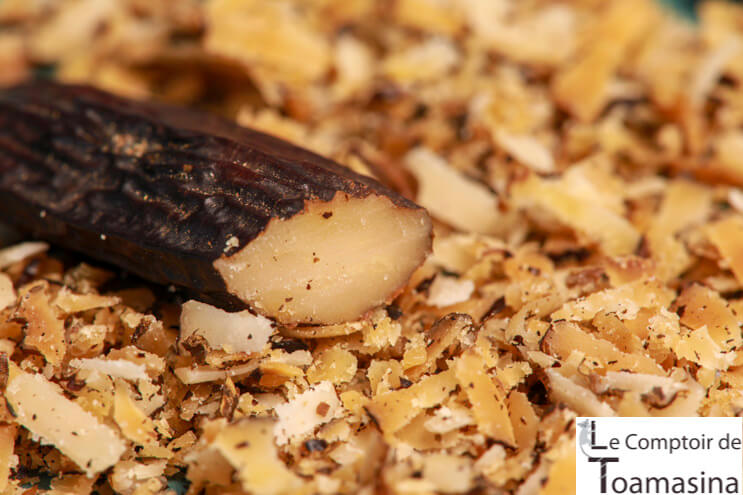
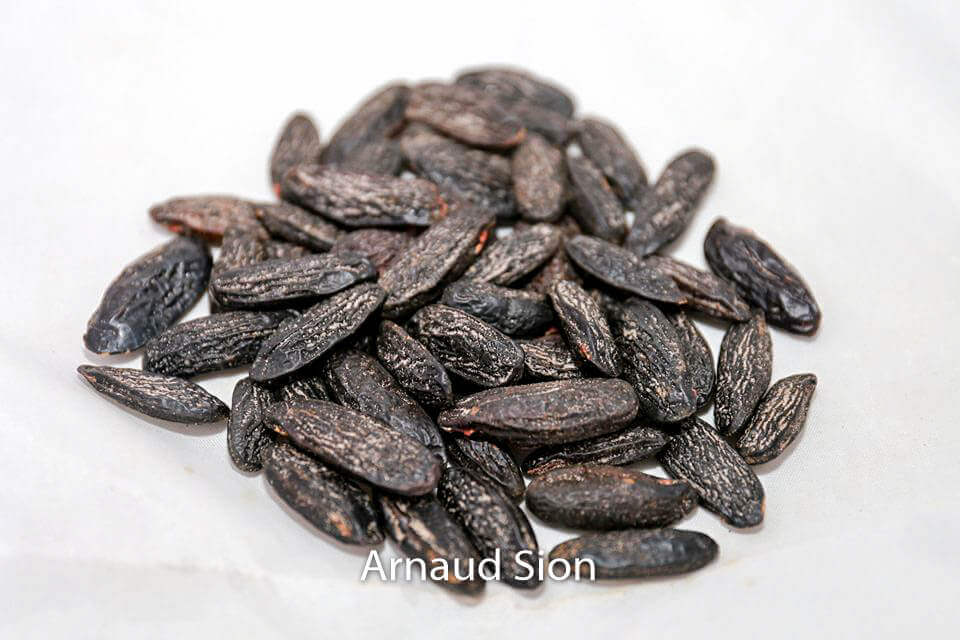
-min (1).jpg)
